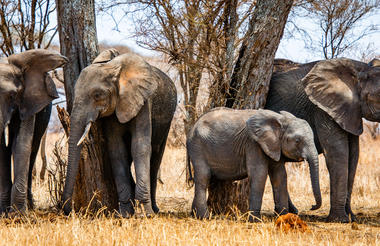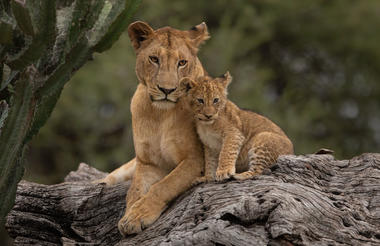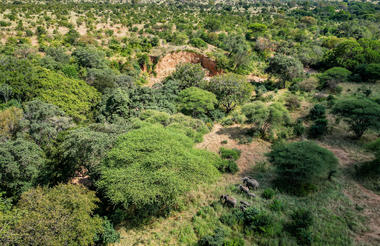Situated in magical Kenya, just north of Amboseli over the northern boundary of Amboseli Park is the Selenkay Conservancy. Selenkay shares the same ecosystem as Amboseli and is established on lands leased from the local Maasai, with the aim of protecting the wildlife habitat and encouraging wildlife conservation.The conservancy is home to an array of wildlife such as elephant, gazelle, lion, giraffe cheetah, leopard, mongoose, porcupine, yellow baboon and bat-eared fox. It boasts a remote bush camp in the heart of Selenkay’s Maasailand which is the perfect spot from which to view the plentiful of wildlife. Visitors can enjoy close encounters with wildlife, day and night game drives, guided bush walks with experienced, knowledgeable Maasai guides and visiting a local Maasai village.



Encompassed by the golden grass and the flat-topped acacia trees of the Mara-Serengeti ecosystem, Mara Ripoi Conservancy features an abundant variety of wildlife - especially Maasai giraffes - for visitors to explore. Lions, cheetahs, elephants, herbivores and more roam freely from one wildlife area to the next. With only three small safari camps in residence at any given time, nature enthusiasts will have thousands of acres of conservation at their fingertips to enjoy in solitude. Local Maasai guides are available to share their extensive knowledge of what to see and do while visiting here.



Located between the Central Serengeti and Kenya’s Masai Mara National Reserve to the north, the Northern Serengeti is a remote African wildlife wonderland. The vast, rolling savannah of the Northern Serengeti, is known as the hub of the great migration. The landscape is characterised by vast stretches of savannah interspersed with acacia trees and riverine woodlands. Wildlife can be seen along the banks of the Mara River and visitors can view the annual spectacle of the half a million migrating wildebeest. Commonly spotted wildlife include: a multitude of plains game such as buffalo, zebra, gazelles, impala, giraffe as well as lion and leopard. Visitors can look forward to bird watching, hot air ballooning, game safaris and guided bush walks.
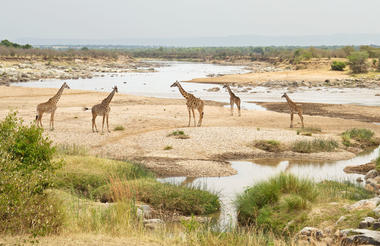

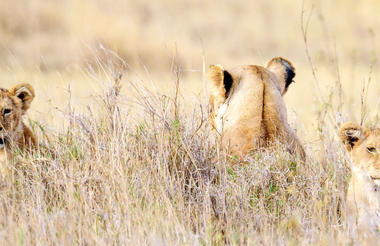
Located in Northern Tanzania, the Ngorongoro Crater is best known for its natural beauty and abundance of diverse wildlife; which makes it one of Africa’s most popular safari destinations. Surrounded by Tanzania’s highlands, this UNESCO-listed crater is said to be the world’s largest intact volcanic caldera. Visitors can look forward to spotting the world-renowned Big Five and a host of other wildlife species including large herds of zebra and wildebeest. It is famed as one of Tanzania’s best tourist attractions offering visitors an array of wonderful activities including excellent bird watching, trekking, wildlife viewing, mountain biking and visiting a local Maasai village. Don’t miss the opportunity to jump on an excursion to the magnificent Olduvai Gorge.
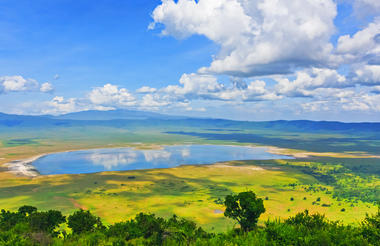
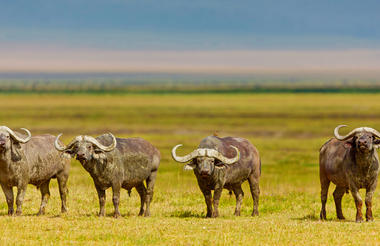
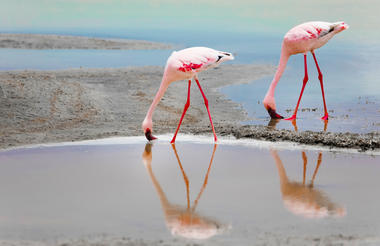
Designated by the Maasai people, Randilen is a community wildlife management area of 327 km², which extends organically from Tarangire National Park's north-eastern boundary and adheres to strict ecological principles that benefit both wildlife and the community. In the dry season between July and October, wildlife is concentrated around a few water sources, particularly the Tarangire River Valley. Wildlife moves into the surrounding hills during the green season, which comes alive with lushness, flowering blooms, epic skies, and exuberant wildlife. Aside from elephant and buffalo, species most likely to be seen are giraffe, zebra, wildebeest, waterbuck, bushbuck, impala, lesser kudu, eland and warthog. Among the predators are lion and leopard, as well as jackals and mongoose.
